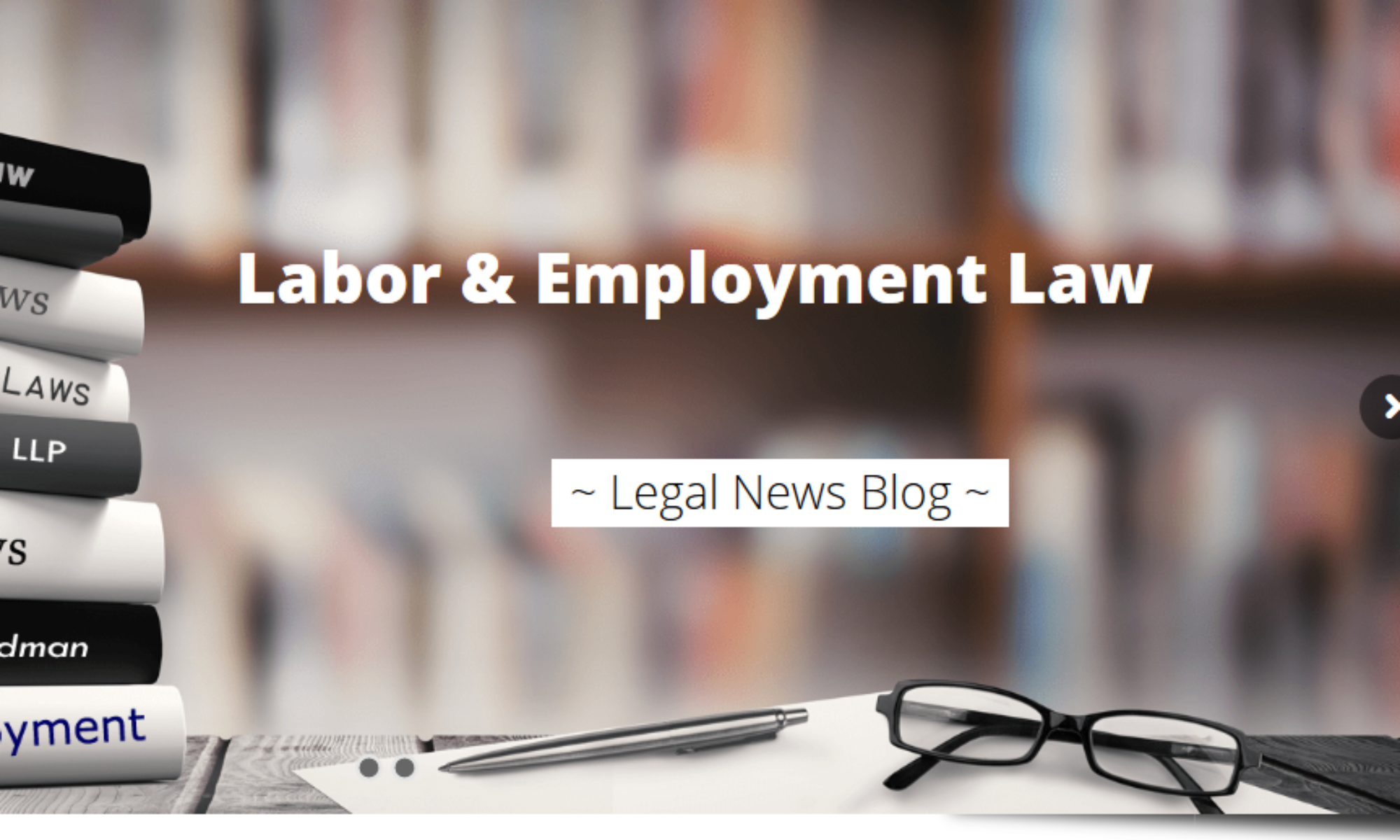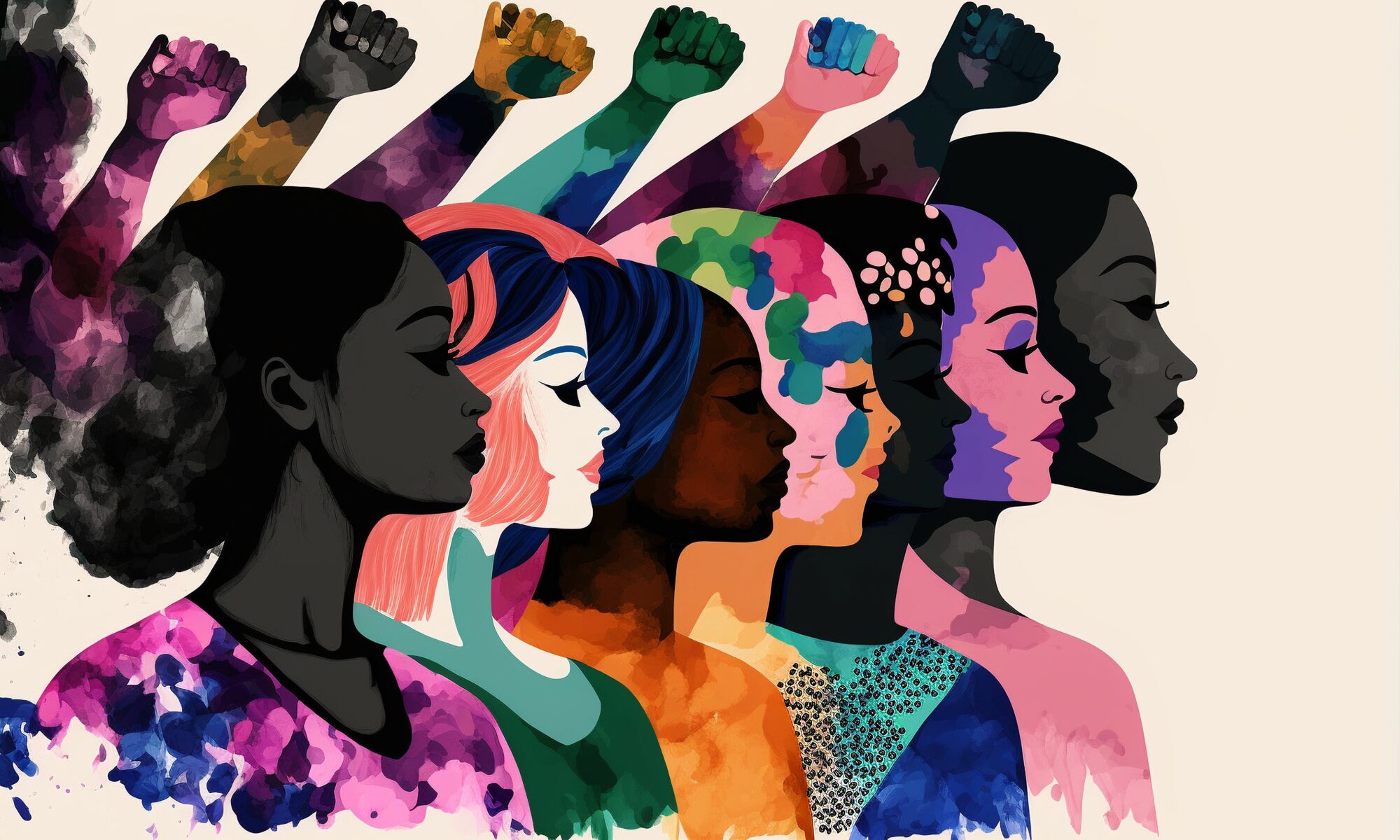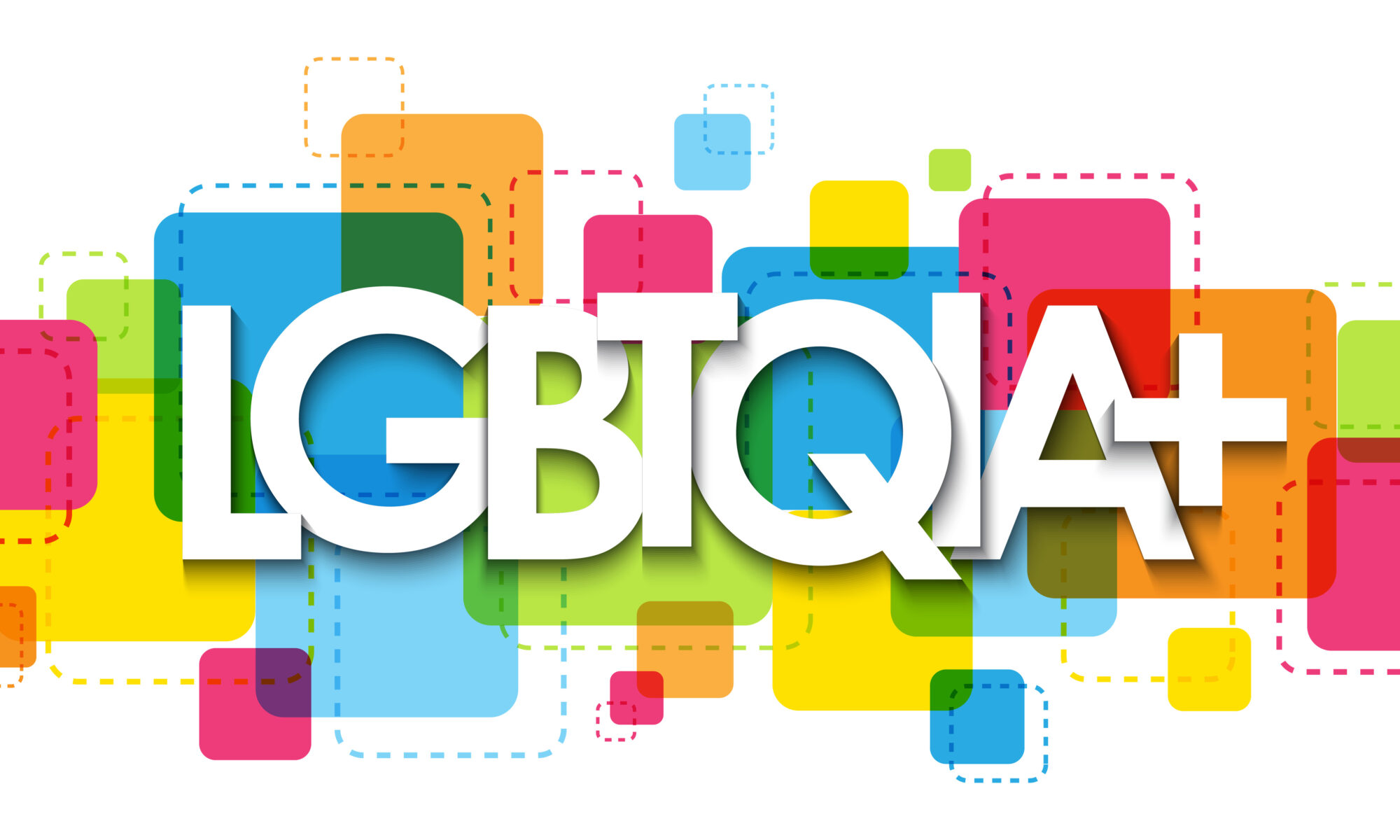A Hospital’s $335K Lesson in Sex Discrimination
In a case that underscores the ongoing fight for workplace equality, a Kentucky-based healthcare system, Ephraim McDowell Health, Inc. (EMH), has agreed to a significant settlement following a lawsuit filed by the U.S. Equal Employment Opportunity Commission (EEOC). The case centered on allegations of blatant sex discrimination and subsequent retaliation against a female employee who was denied a promotion based on her gender. This incident serves as a stark reminder that discriminatory practices, no matter how subtly or overtly expressed, have no place in the modern workplace and carry severe legal and financial consequences.
The resolution of this case, which includes a $335,000 payment and mandatory policy changes, highlights the critical role of federal protections in safeguarding employee rights. For workers who face similar injustices, it demonstrates that there are legal avenues for recourse. It also sends a clear message to employers across all industries: promotion decisions must be based on qualifications and merit, not on outdated and illegal gender stereotypes.
Background of the Case
Ephraim McDowell Health, a healthcare system headquartered in Danville, Kentucky, found itself under scrutiny after a female employee, Shannon Long, was passed over for a promotion. The case was brought to the forefront by the EEOC, the federal agency responsible for enforcing laws against workplace discrimination.
The EEOC’s Indianapolis District Office, which has jurisdiction over Kentucky, initiated legal action after its attempts to resolve the matter through a pre-litigation settlement process, known as conciliation, were unsuccessful. The subsequent lawsuit detailed a clear violation of federal law, bringing the hospital’s hiring practices into the public and legal spotlight.
The Allegations: Sex Discrimination and Retaliation
The core of the EEOC’s lawsuit, filed on March 27, 2024, rested on a series of damning allegations against Ephraim McDowell Health and its leadership.
A Blatant Denial of Opportunity
According to the EEOC’s complaint, Shannon Long, a qualified female employee, sought a promotion to an administrator position at EMH’s Fort Logan Hospital in Stanford, Kentucky. She met all the necessary qualifications, including the educational requirements for the role.
However, she was allegedly told directly by the company’s CEO that she would not be selected for the position because of her sex. The lawsuit stated the CEO held a belief that “men work better with men and that it was best to have a male in that position.” Consequently, the promotion was given to a male employee who, according to the EEOC, did not meet the position’s existing education requirements. Long was instead placed in a lower-paying role that reported directly to the man who had been promoted over her.
Retaliation for Speaking Out
After being denied the promotion, Long filed a discrimination charge with the EEOC, exercising her right to report unlawful employment practices. The lawsuit charged that instead of addressing the issue, EMH retaliated against her. The retaliation culminated in her termination in December 2022, compounding the initial act of discrimination with a punitive and illegal response.
Legal Framework: Title VII of the Civil Rights Act
The actions alleged in the lawsuit are direct violations of Title VII of the Civil Rights Act of 1964. This landmark federal law prohibits employment discrimination based on race, color, religion, sex, and national origin. It specifically outlaws:
- Sex-Based Discrimination: Making employment decisions, such as hiring, firing, and promotions, based on an individual’s gender. The CEO’s alleged statements are a textbook example of this prohibited practice.
- Retaliation: Taking adverse action against an employee for engaging in a legally protected activity, such as filing a discrimination charge with the EEOC. Firing an employee after they have reported discrimination is one of the most severe forms of retaliation.
The EEOC’s lawsuit sought to hold Ephraim McDowell Health accountable for these violations and to secure justice for the affected employee.
The Settlement and Its Terms
On November 21, 2025, the EEOC announced that Ephraim McDowell Health had agreed to settle the lawsuit. The settlement demonstrates the gravity of the charges and the strength of the evidence against the healthcare system. Under the terms of the two-year consent decree, EMH agreed to:
- Pay $335,000: This monetary relief will be paid to Shannon Long to compensate for the discrimination and retaliation she endured.
- Provide Mandatory Training: The company is required to conduct equal employment opportunity training for its staff to prevent future incidents.
- Report to the EEOC: EMH must provide annual reports to the EEOC to ensure compliance with the terms of the decree.
- Post Employee Rights Notices: The hospital must display a notice informing employees of their rights under federal anti-discrimination law.
Kenneth Bird, the EEOC’s Indianapolis Regional Attorney, commented on the resolution, stating, “We appreciate Ephraim McDowell for working with us to resolve this litigation and agreeing to implement changes to prevent future hiring violations. These steps demonstrate a commitment to achieving a workplace free from discrimination and retaliation.”
A Firm Stance Against Workplace Injustice
This case is a powerful example of the EEOC’s unwavering commitment to its mission. When the lawsuit was initially filed, EEOC Indianapolis District Director Michelle Eisele affirmed, “The EEOC is firmly committed to ensuring that all workers have an equal opportunity for advancement.”
The timing of the lawsuit’s filing during Women’s History Month was not lost on the agency. Attorney Kenneth L. Bird noted its significance, stating, “Employers who use an employee’s gender as the basis for promotion decisions are clearly practicing unlawful discrimination… This lawsuit seeks to ensure that qualified female applicants will be judged by their education, experience, and other qualifications, and not passed over because of their gender.”
The settlement reinforces this message, demonstrating that the agency will vigorously pursue justice for victims of discrimination and hold employers accountable for their unlawful actions.
Protecting Your Rights in the Workplace
The Ephraim McDowell Health case is a critical reminder that sex discrimination remains a persistent issue. It also shows that legal protections are in place to fight back against such injustice. If you have experienced sex discrimination or have knowledge of unfair practices in your workplace, it is crucial to consult a reputable attorney with proven expertise in employment law.
Firms like Helmer Friedman LLP offer skilled legal advocacy to help address these injustices. With over 20 years of experience, a strong history of case victories, and a commitment to personalized client support, Helmer Friedman LLP can guide you through the legal process and work to secure the justice and compensation you deserve. Don’t hesitate to reach out for a confidential consultation to discuss your situation.






